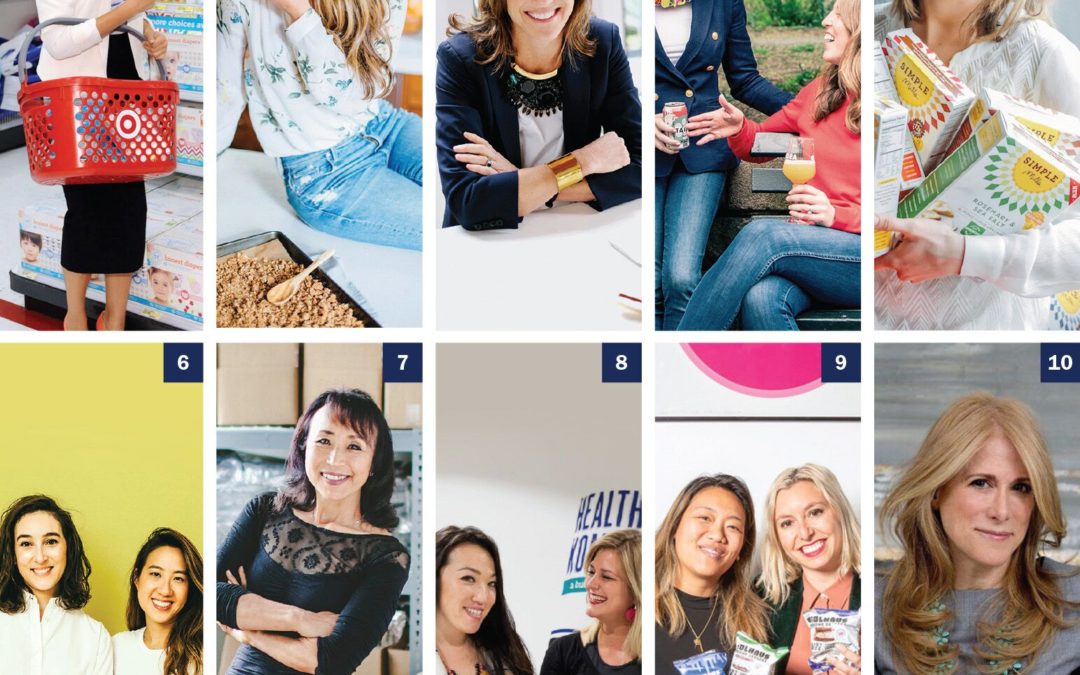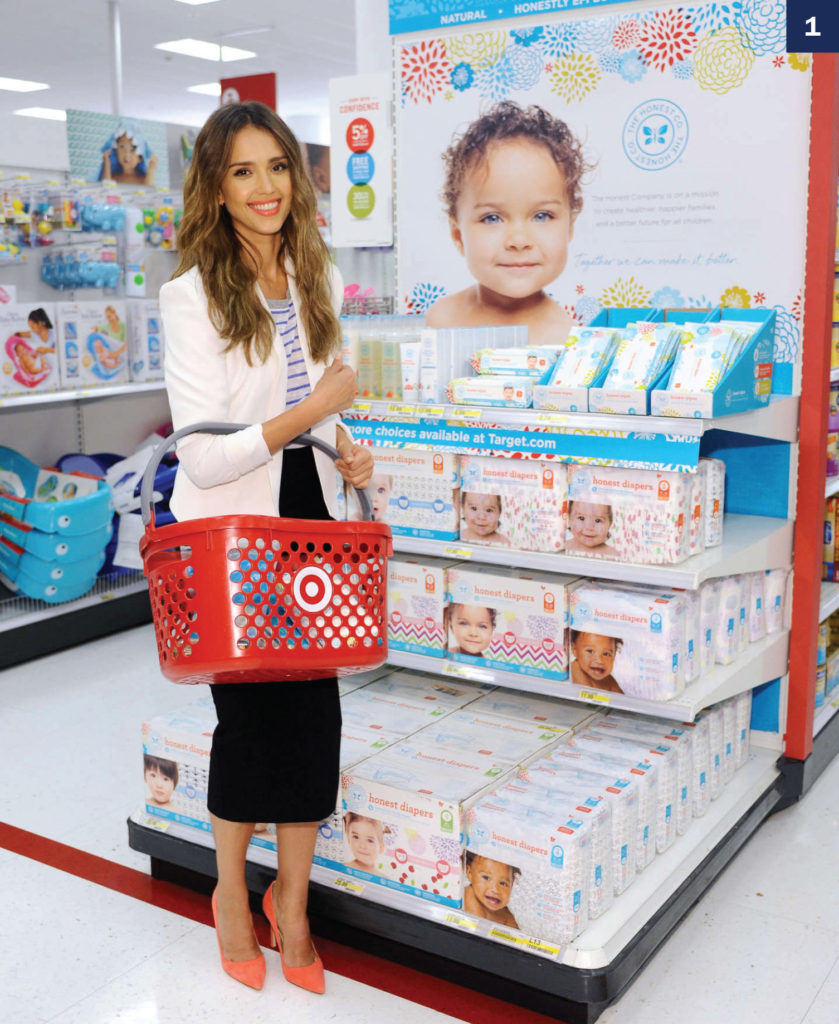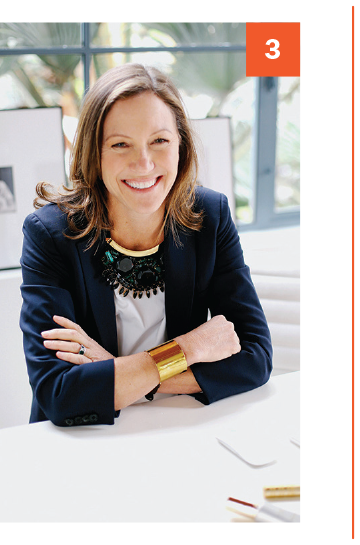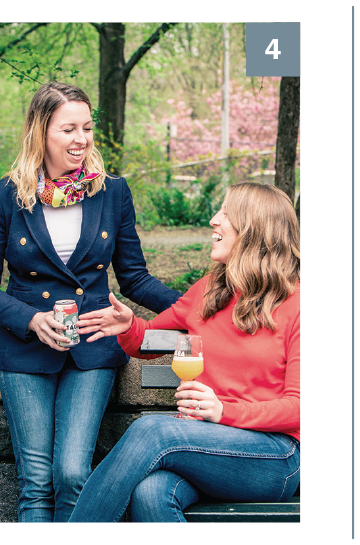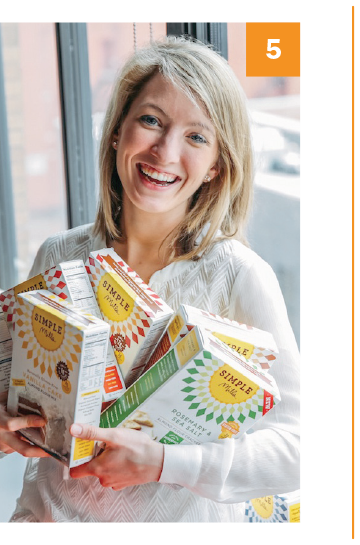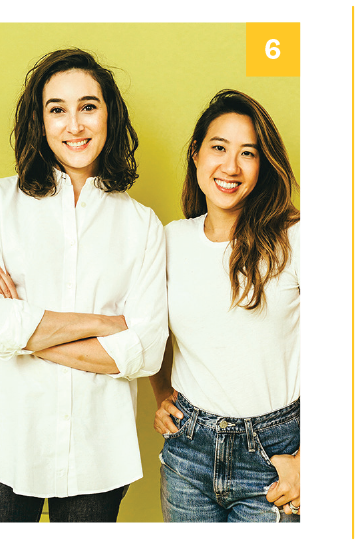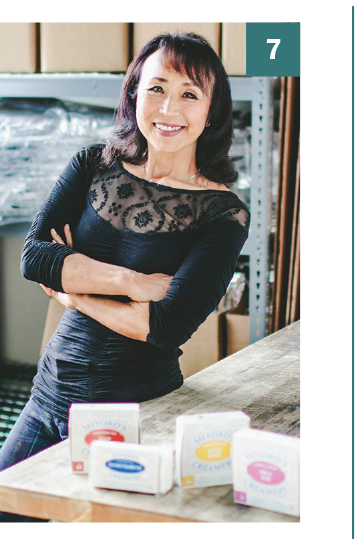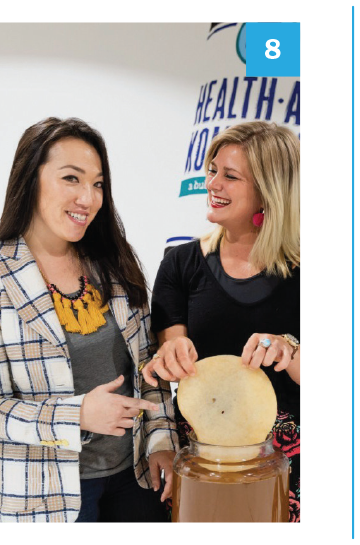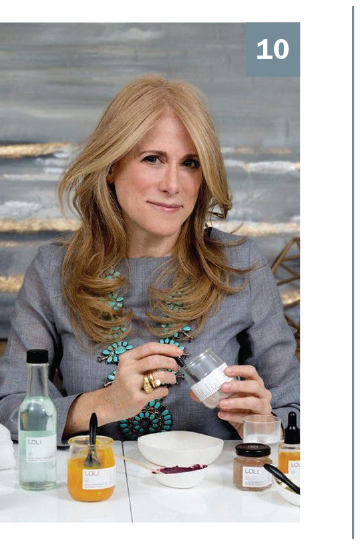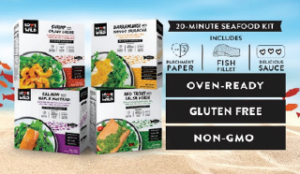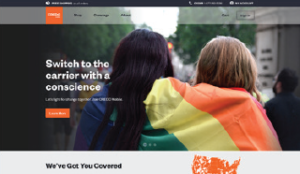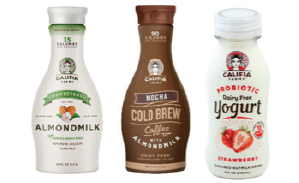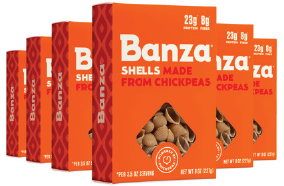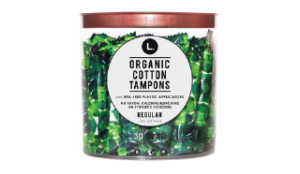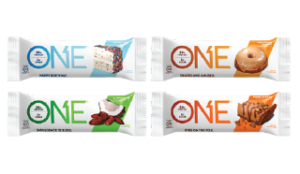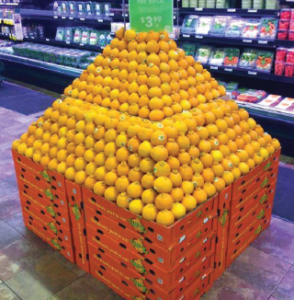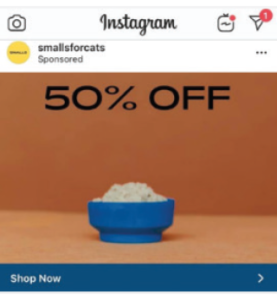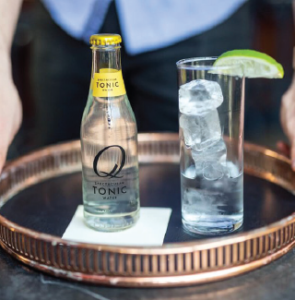Radical Change in Retail

The pace of change among incumbent retailers in the consumer goods industry has historically been painfully slow. Despite many aisle reinvention projects, ‘stores of the future,’ in-store theatre, and shopper marketing programs, executional change has been measured in small increments: one additional facing, one incremental display, one shelf added to a category, or one more household adopting click and collect.
COVID-19 has clearly changed this dynamic. Retailers had to quickly respond to shopper behavior disruption and manufacturer supply realities with significant changes in-store, online and in fulfillment. Whole departments, such as Deli, were upended to address health and safety concerns with prepared foods, while store layouts were shifted to manage shopper flow and distancing requirements. Space and inventory holding power were quickly re-wired to meet radical shifts in demand overall and for specific products (e.g., paper and cleaning products), as well as ramp up for different fulfilment models such as click and collect.
Many manufacturers and retailers benefitted from these rapid changes, particularly shifts in consumption back to the home, consolidation of shopping trips, and re-prioritization of consumer needs that spiked demand for safe, convenient, and high-value brands and products.
We are quickly moving past the respond phase and do not believe the recent past provides a complete picture of the future.
The COVID-19 accelerant is now ushering in an unprecedented reimagine phase across the retail landscape, bringing changes within the next six to twelve months that historically would take five to ten years to develop. This presents both massive opportunity and risk for manufacturers. Shifts in consumption and shopping behaviors will drive continued change at retail and elevate the importance of influencing shopping behavior across an evolving, complex purchase journey.
More than ever, manufacturers need to be proactive to create customer planning engagement or risk having outcomes determined for them. Winners will influence customer planning conversations by using new insights to reimagine the category vision, growth drivers and brand roles. Our ongoing dialogue with consumers, shoppers, and retailers reveals four key areas of focus to reimagine the growth vision for each category:


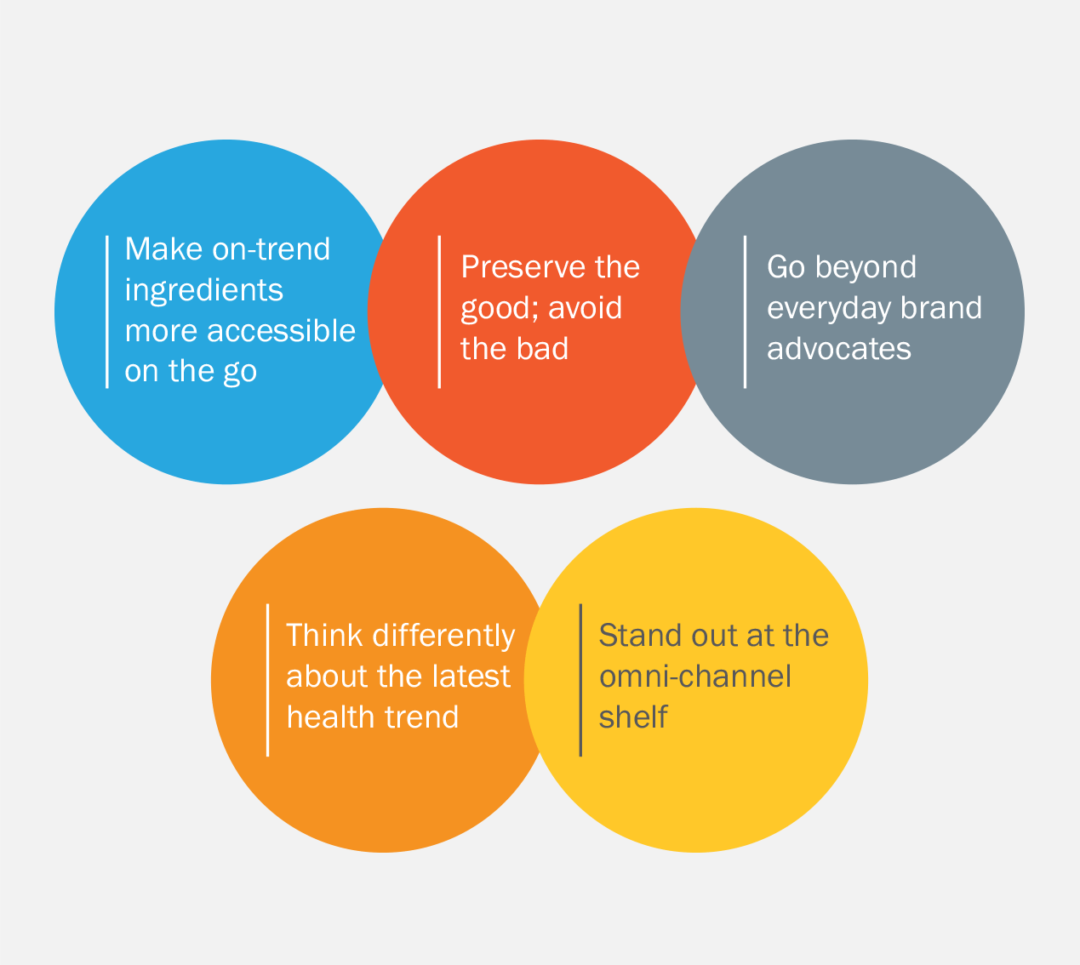
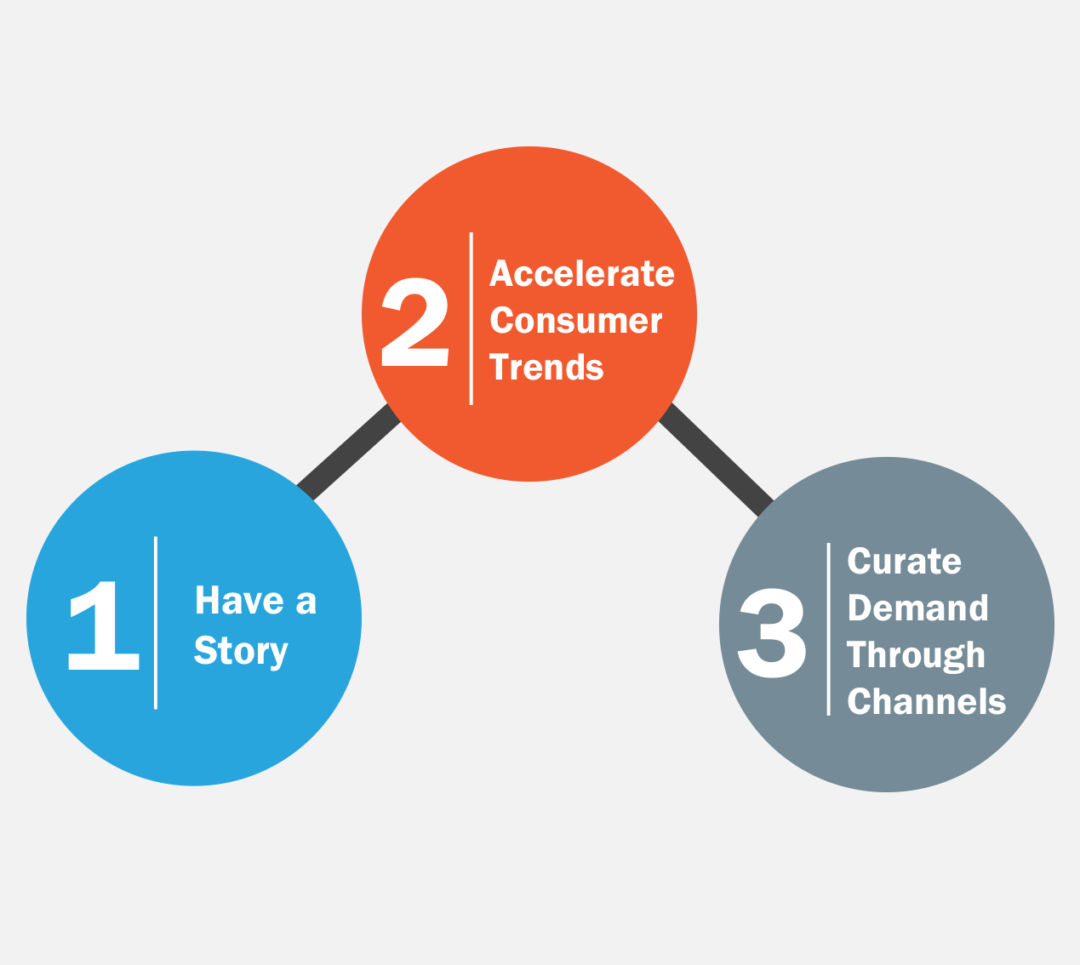

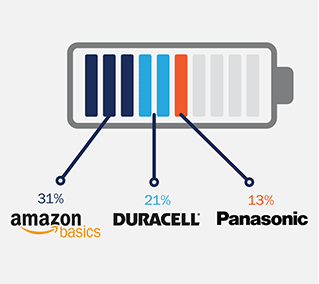
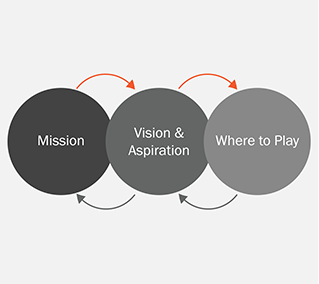
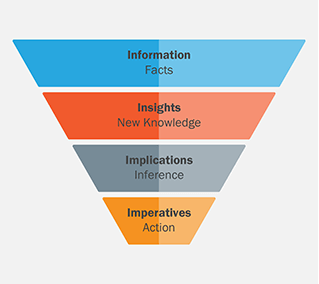
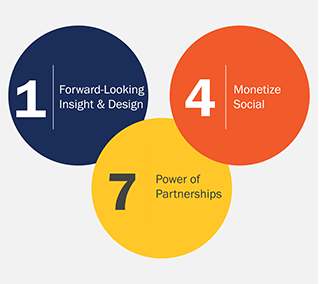
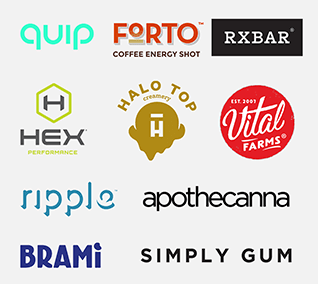
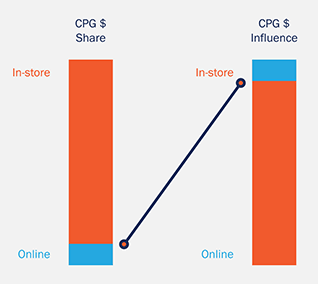
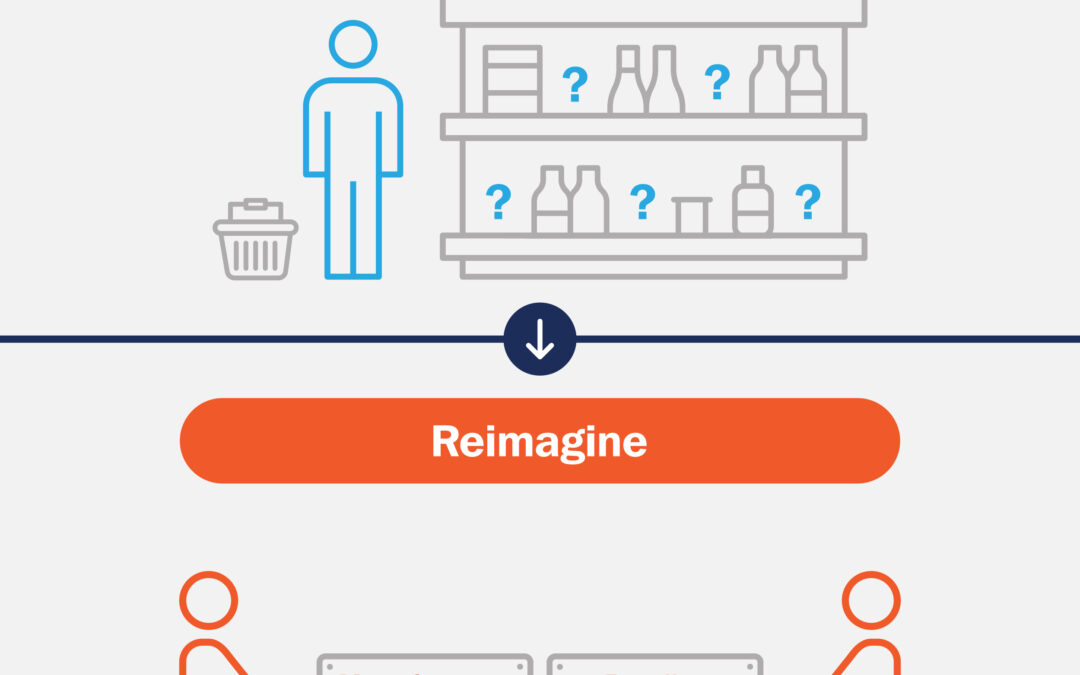

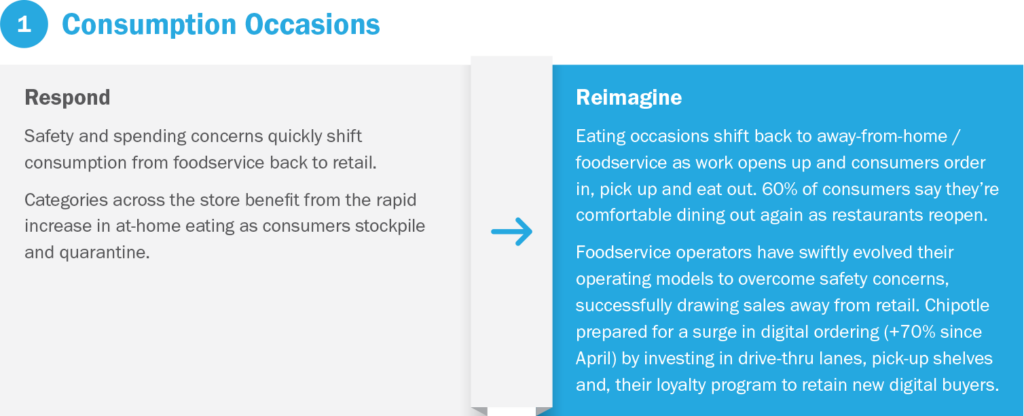

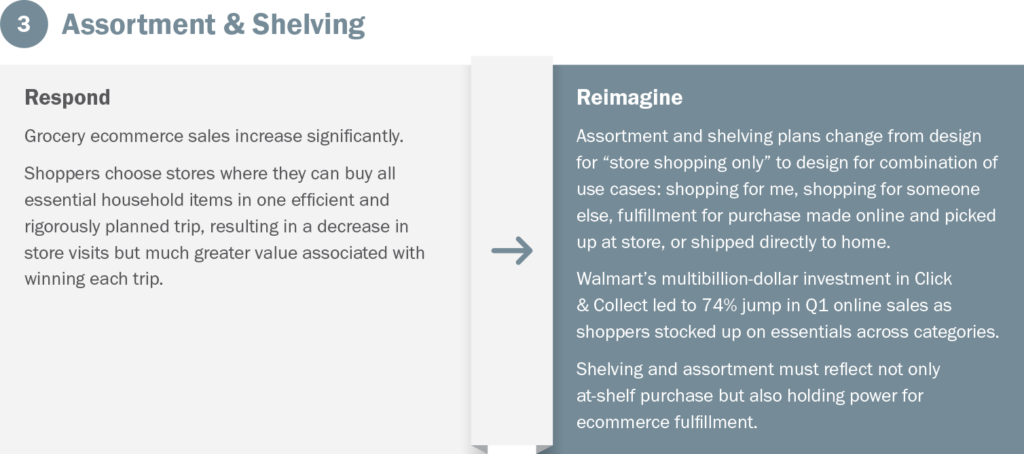
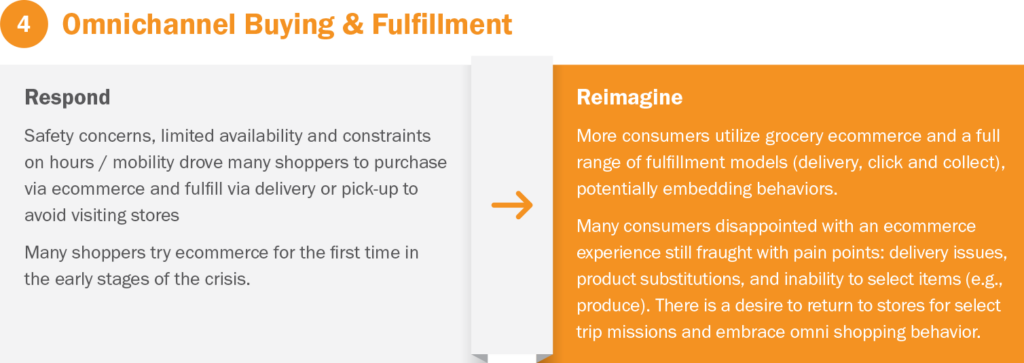
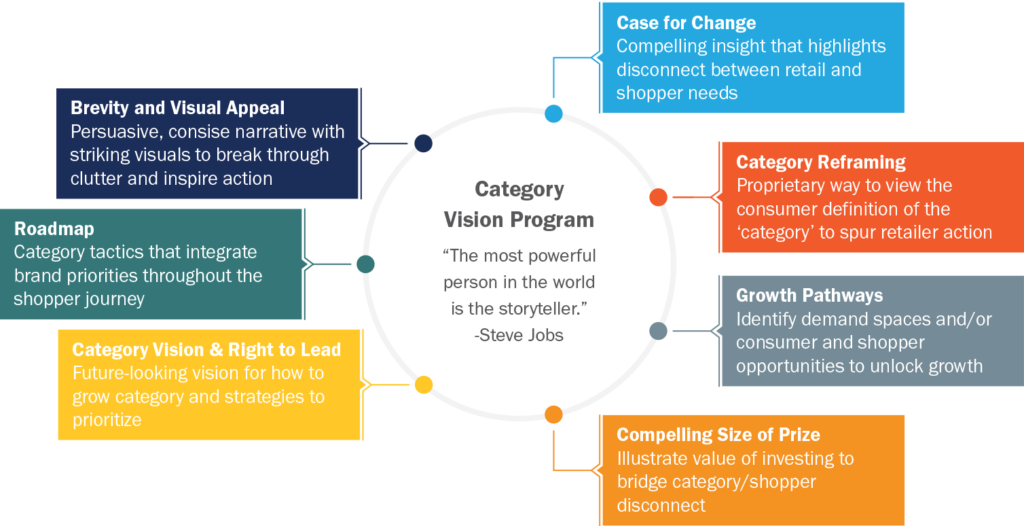
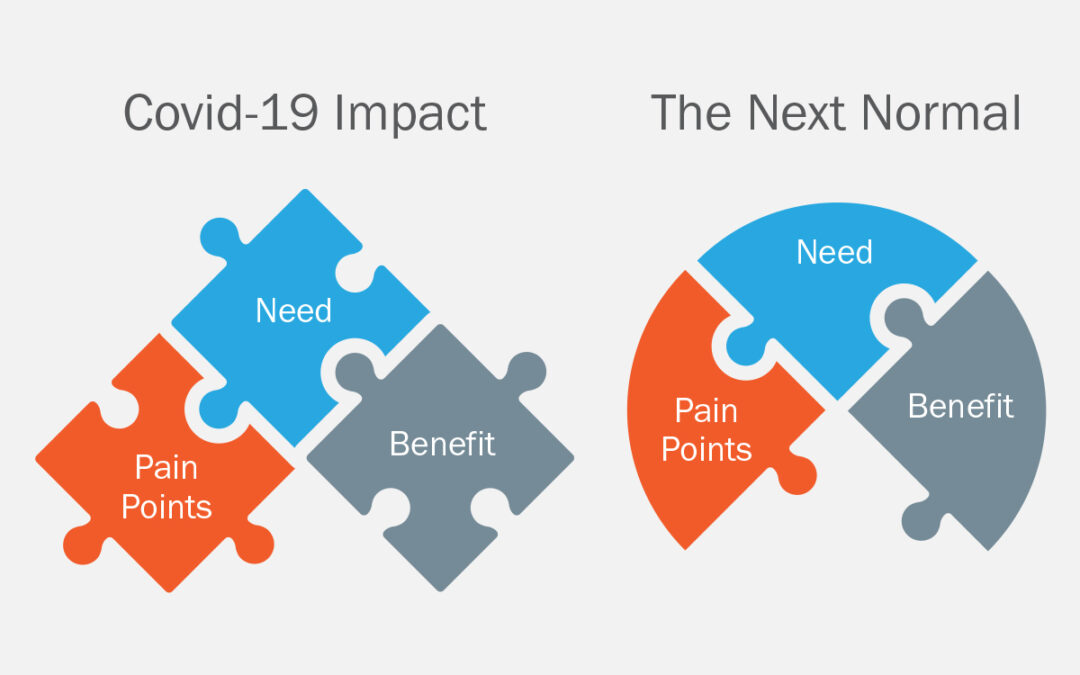

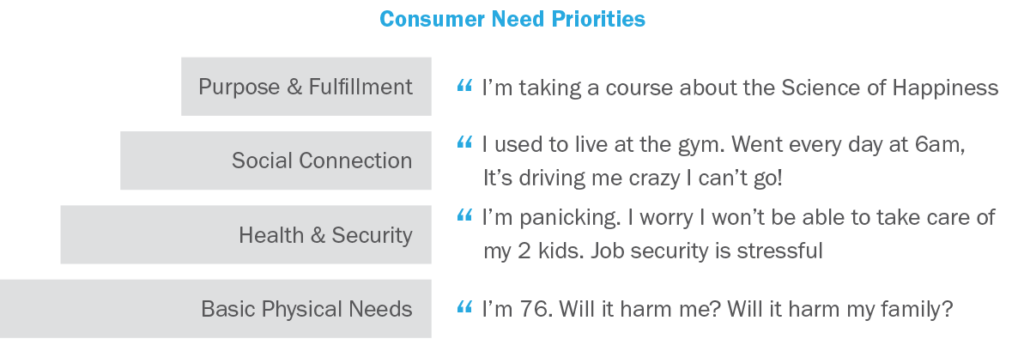

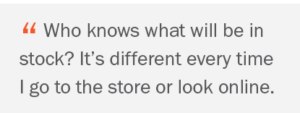 Over the past two months the consumer decision process has been completely disrupted. Prior to COVID-19, many consumer decisions were based on a habitual, subconscious process used to simplify a sea of options. Now, decisions are more deliberate as consumers match new priorities to a rapidly shifting consideration set.
Over the past two months the consumer decision process has been completely disrupted. Prior to COVID-19, many consumer decisions were based on a habitual, subconscious process used to simplify a sea of options. Now, decisions are more deliberate as consumers match new priorities to a rapidly shifting consideration set.

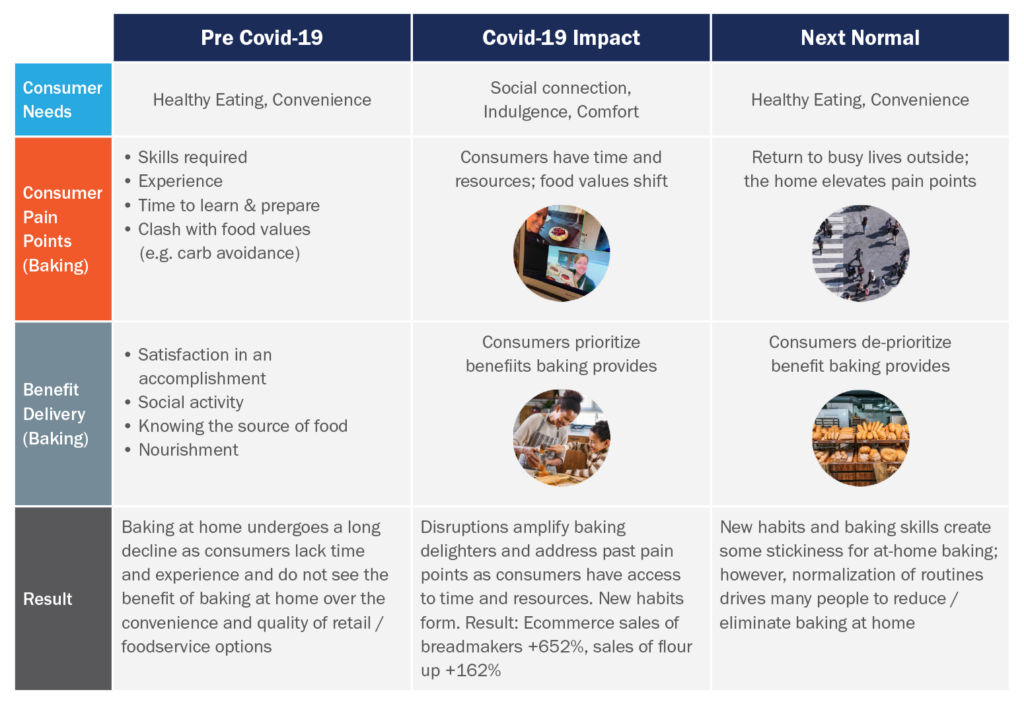

 1 in 2 online delivery grocery shoppers reported wait times of 2+ days
1 in 2 online delivery grocery shoppers reported wait times of 2+ days
